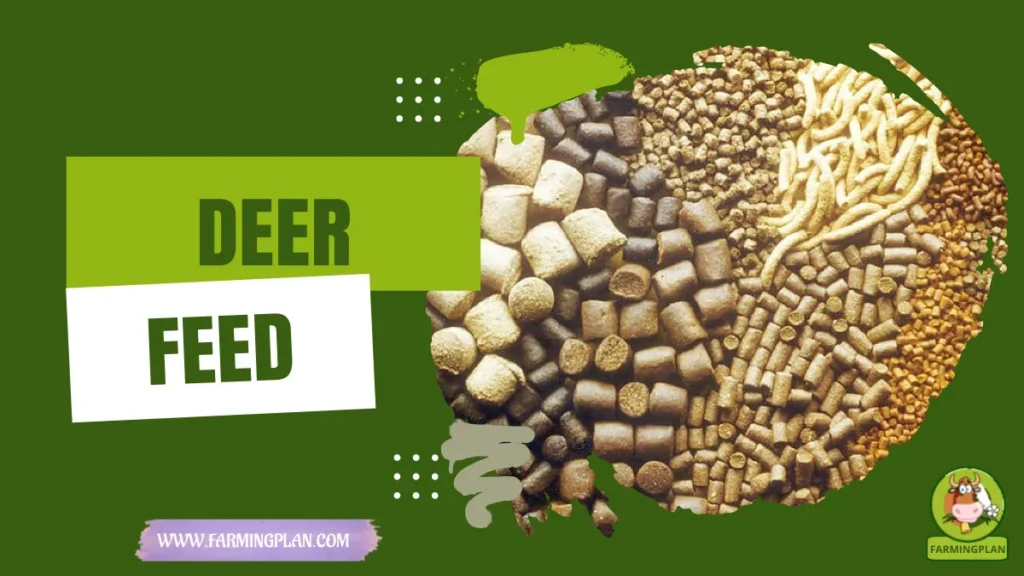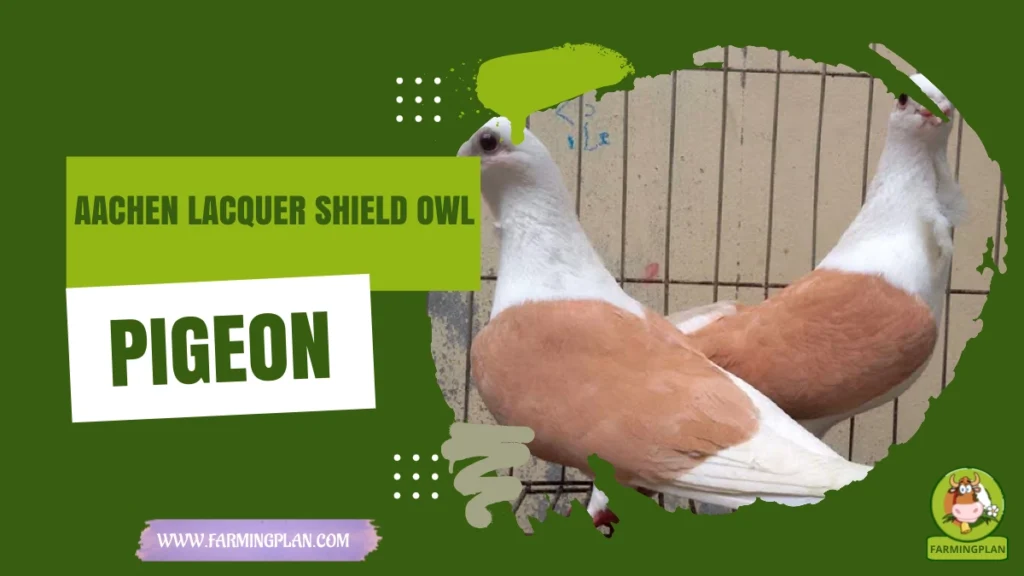Have you ever encountered the Bankhar Dog? This ancient Mongolian breed is no ordinary pup—it’s a loyal, strong, and intelligent livestock guardian that’s been trusted by nomadic herding families for generations. Known as the Mongolian Bankhar or just Bankhar, this formidable breed is a real-life hero, protecting domesticated livestock from predators like wolves and snow leopards. Whether you’re a farmer looking for effective livestock protection, a breeder seeking a landrace treasure, or a pet lover intrigued by rare and magnificent breeds, the Bankhar’s unique characteristics might just steal your heart—and your pasture.
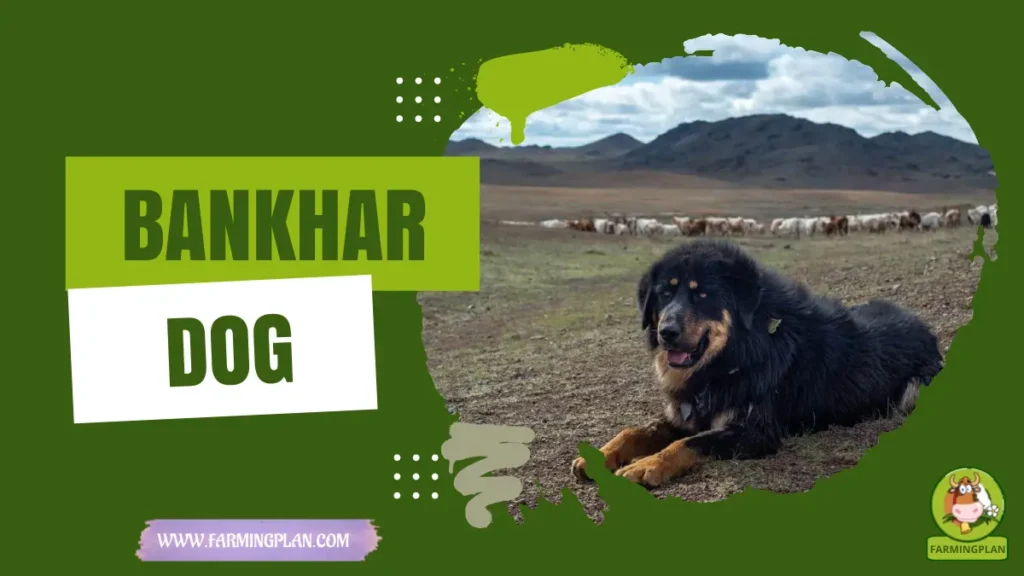
History & Origin of Bankhar Dog
The Bankhar Dog has deep roots in Mongolian culture. As a basal breed, it’s considered one of the oldest and purest livestock guardian dogs still in existence today. These dogs weren’t bred for show or beauty—they were shaped by the harsh Mongolian steppe to survive, protect, and serve.
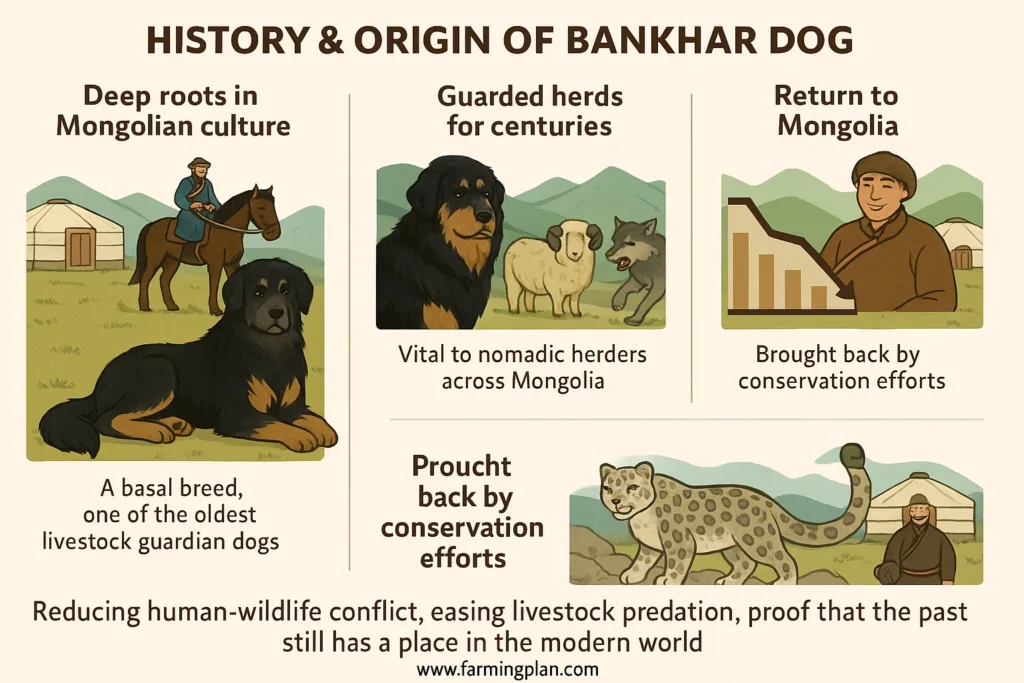
For centuries, nomadic herders across Mongolia depended on the Bankhar to guard their herds from predators. These dogs were not just pets—they were vital to a family’s livelihood. The breed nearly disappeared due to the rise of Russian coat factories and modern influences, but efforts like the Bankhar Dog Project and the Mongolian Bankhar Dog Project have brought them back from the brink. The breed’s return to nomadic families isn’t just a win for the dogs; it’s a win for the entire ecosystem. By reducing livestock predation, Bankhars help ease the human-wildlife conflict, especially with endangered snow leopards. It’s proof that the past still has a place in the modern world.
Read More: Assyrian Mastiff Dog: Guide to Raising
Characteristics of Bankhar Dog
The Bankhar is a large, powerful dog, usually standing between 26–33 inches tall and weighing around 80–125 pounds. One of their standout features is their heavy coat, which helps them survive brutal -30°F winters. The coat colors vary from dark to sandy, often with a distinctive black mask that adds to their noble look.
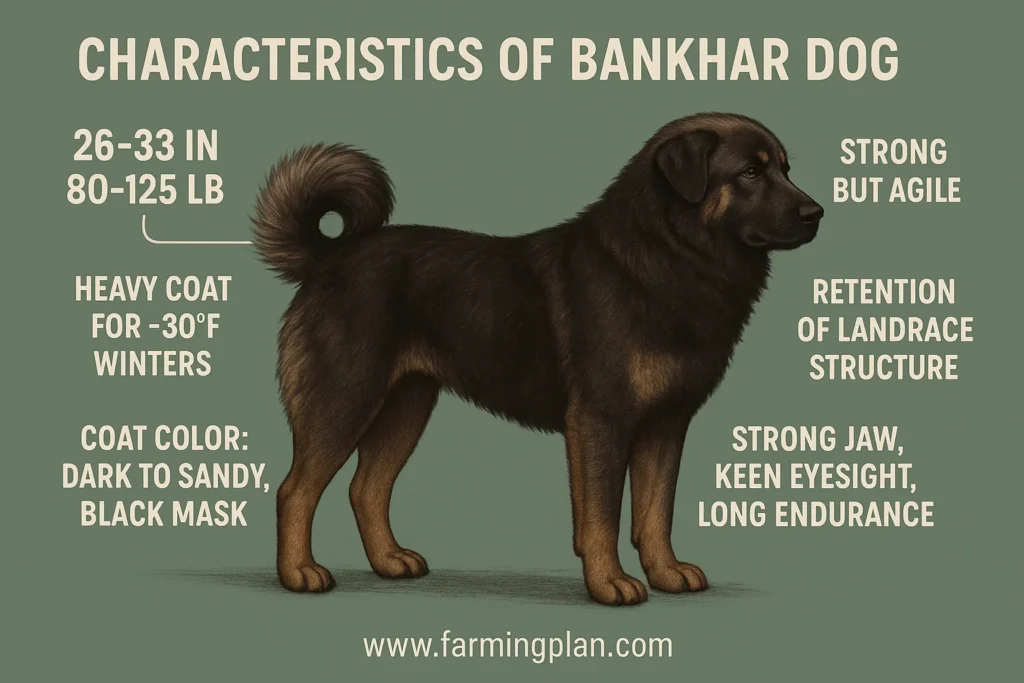
Their build is strong but not bulky—they’re agile enough to move quickly when needed. Think of them as a “fat breed” with purpose: that layer of fluff isn’t just for looks, it’s for insulation. Unlike many modern show breeds, the Bankhar maintains its original landrace structure, meaning they haven’t been overly standardized. They’ve kept their primitive yet functional anatomy, including a strong jaw, keen eyesight, and long endurance.
Read More: Zerdava Dog: The Loyal Hunter You’ll Love at Home
Nature & Temperament of Bankhar Dog
Bankhar Dogs are famously loyal. They bond closely with their family and livestock, showing an almost uncanny understanding of their guardian role. They’re calm around the animals they protect but alert and fearless when predators to livestock pose a threat.
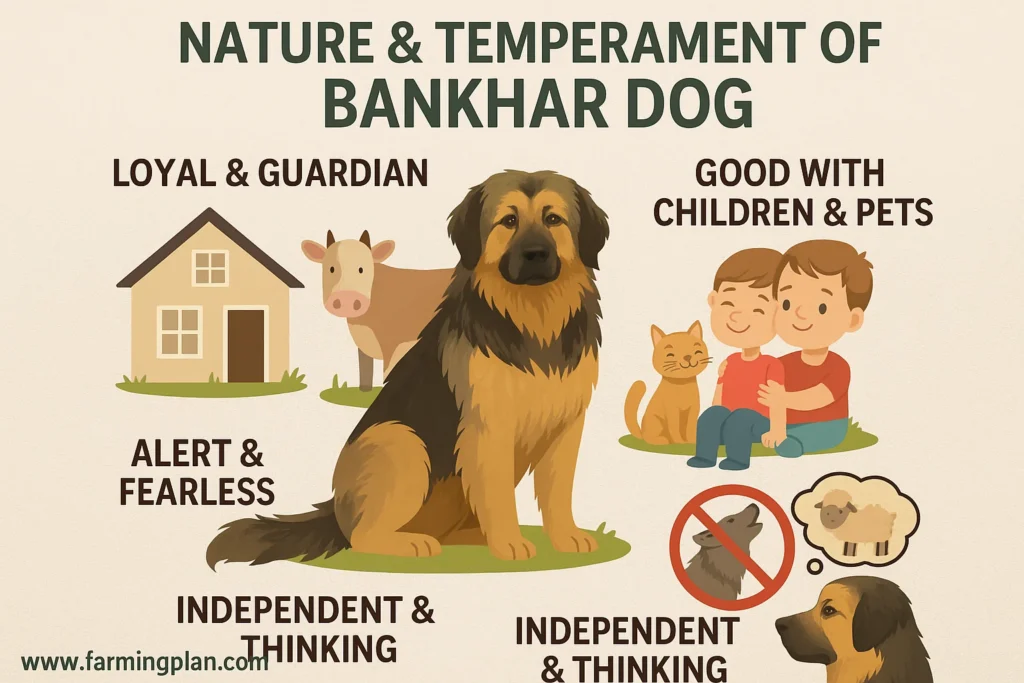
If you’ve got kids running around or other pets, a properly socialized Bankhar will fit right in. They’re not aggressive without cause, and their bark alone is often enough to deter wolves and other threats. But don’t expect a lap dog—this isn’t a pup who loves fetch or belly rubs all day. They’re independent thinkers, bred to make decisions without human input. I always say: if you want a dog that’ll listen to every command, get a retriever. If you want a dog that’ll save your sheep from a pack of wolves at 3 a.m.—get a Bankhar.
Read More: Armant Dogs: Loyal, Intelligent, and Family Friendly
Food & Diet
When feeding a Bankhar, think quality over quantity. These dogs have slow metabolisms and were bred for endurance, not speed. A high-protein diet with natural fats works best. I like to feed mine a mix of raw meat, rice, and seasonal vegetables, similar to what they’d get in a traditional nomadic diet. Avoid overfeeding—they’re a fat breed naturally, and too many treats can lead to joint issues or hip dysplasia. I steer clear of processed dog food with fillers like corn and soy. Water is crucial, especially in warmer months. Though built for cold, they still need proper hydration year-round. Treats? Sure, but keep ‘em lean—dried liver or fish work great and keep their teeth clean too.
Usage & Purpose
Bankhar Dogs are best known as livestock protection dogs. They’re not herders—they’re guardians. You’ll find them calmly sitting with a herd of goats, ready to spring into action if trouble comes sniffing around. They’ve been used to protect everything from sheep and yaks to camels and horses. Their presence alone can provide a sense of security on any farm.
In modern settings, these dogs are also being used on farms across the U.S. and Europe. Their instinctual behavior doesn’t need much training—they just need a job, a space, and some animals to watch. And let’s not forget the family side. These dogs are gentle giants when raised with love and purpose. They’re great for rural homes and farms but not ideal for city living or small yards. Their adaptability makes them a great choice for those with the space and the need for a loyal companion.
Train A Bankhar With Kindness And Purpose—And You’ll Never Worry About Your Livestock Again.
Special Features
One of the coolest things about the Bankhar? They’ve got a genetic closeness to wolves, making them incredibly resilient and intelligent. But unlike wild wolves, they’re social and trainable—talk about the best of both worlds! Their coat isn’t just thick—it’s nearly weatherproof. Snow doesn’t melt on it; it just blows right off. And while they may look intimidating, they rarely bite. They use body language and presence as their main tools. Another standout trait is their low prey drive. They don’t chase the animals they’re meant to protect. That’s a massive win for farmers trying to avoid chaos in the pasture.
Health Issues & Prevention
Like many large breeds, the Bankhar can be prone to hip dysplasia, especially if overfed or not exercised properly. But overall, they’re a hardy and healthy breed thanks to their landrace genetics. Make sure to provide joint supplements, especially as they age. Regular checkups help catch any issues early. These dogs don’t usually suffer from inherited diseases like some modern breeds do, which is a huge plus. Keep their coat clean but don’t bathe them too often—it strips the oils that help protect their skin. Flea and tick prevention is also a must, especially if they spend time around livestock.
Step-by-Step Pet Owner Care Guide
Step 1: Prepare Your Space
Bankhars aren’t couch potatoes. They need land, fencing, and room to roam. A secure area—ideally a few acres—is key. They don’t do well in apartments or suburbs. Give them access to livestock or at least a big job to do.
Step 2: Socialization From The Start
Introduce your pup to family, livestock, and visitors early. Use calm, confident energy. Praise them when they ignore distractions or stay with the herd. Trust me, early exposure makes adult training way easier.
Step 3: Feeding Routine
Feed twice a day with raw or natural food. I use a combo of meat, rice, and bone broth. Don’t let them graze on kibble all day—it ruins their metabolism. Measure meals based on activity level.
Step 4: Training & Commands
Keep it simple. Basic commands like “stay,” “come,” and “watch” go a long way. Bankhars respond best to tone, not shouting. Positive reinforcement is key—skip the harsh discipline.
Step 5: Routine Vet Checks & Grooming
Visit the vet every six months. Check for joint stiffness, fleas, and skin issues. Brush that heavy coat weekly, especially during shedding seasons. No need for fancy grooming—just regular care.
Expert Tips & Best Practices
- Start young: It’s easier to guide a pup than correct a grown guardian.
- Don’t force city life: Bankhars need space, not sidewalks.
- Pair with livestock early: They bond for life with “their” animals.
- Limit heavy play: Their joints need time to grow strong.
- Let them lead: These dogs were bred to think on their own—trust that instinct.
FAQ
How much does a Bankhar dog cost?
The Bankhar dog price typically ranges from $1,500 to $5,000, depending on the breeder and bloodline.
Where can I find Bankhar puppies for sale?
Look for reputable breeders through the Mongolian Bankhar Dog Project or livestock guardian dog associations.
Are Bankhar dogs good with children?
Yes, they’re protective and gentle with kids, especially when socialized early.
What makes the Bankhar different from other livestock guardian dogs?
Their ancient lineage, wolf-like instincts, and calm temperament make them stand out from modern breeds.
How big do Bankhar dogs get?
Most adults grow to 26–33 inches tall and can weigh between 80–125 pounds.
Conclusion
The Bankhar Dog isn’t just a fascinating ancient breed—it’s a loyal guardian, a family protector, and a partner in the field. Whether you’re dealing with livestock predation or just looking for a noble companion with deep roots in Mongolian culture, the Bankhar offers both form and function. From their protective nature to their weatherproof coat and loving soul, this magnificent breed proves that some of the best animals aren’t new—they’re just waiting to be rediscovered. If you’re ready to raise one, take the leap. With love, space, and a little know-how, your Bankhar will become more than a pet—it’ll be family.

